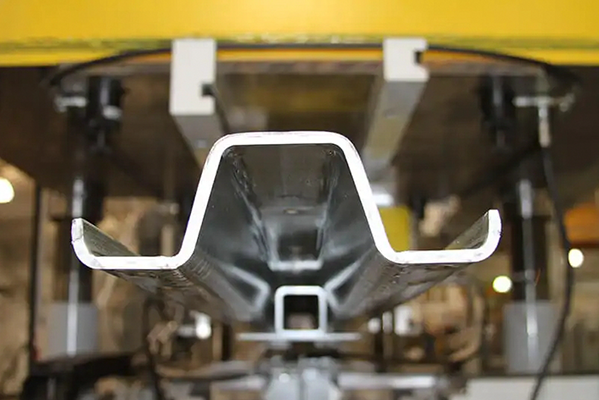Navigation Menu
Contact Us
- Email:
- info@wxavatar.com
- Address:
- Yurong Village, Yuqi Street, Huishan District, Wuxi, China.
Release Date:Apr 03, 2025 Visit:45 Source:Roll Forming Machine Factory
Roll forming machines are essential in metal fabrication, but many confuse their fundamental principle with their working principle. While related, these concepts serve different purposes in understanding the technology.
The Principle: Core Concept
The principle of roll forming describes the fundamental theory behind the process: the continuous, progressive bending of metal sheets or coils through rotating rollers to create consistent cross-sectional profiles while maintaining material thickness. This cold-forming method distinguishes roll forming from other metal shaping techniques like stamping or extrusion. The principle remains universal across all roll forming applications, focusing on the "why" - why this method effectively shapes metal.

The Working Principle: Practical Execution
In contrast, the working principle explains "how" the machine achieves this shaping process. It details the mechanical implementation:
Material feeding from uncoilers
Progressive forming through sequenced roller stations
Precise synchronization of drive systems
Final cutting or coiling of the formed product
This operational blueprint varies by machine design and application requirements.
Key Difference
The principle represents the unchanging scientific foundation, while the working principle describes the variable engineering implementation. Understanding both is crucial - the principle guides process selection, while the working principle informs machine operation and troubleshooting.
This distinction helps engineers design better systems, operators optimize production, and buyers select appropriate equipment, ensuring efficient metal forming operations.